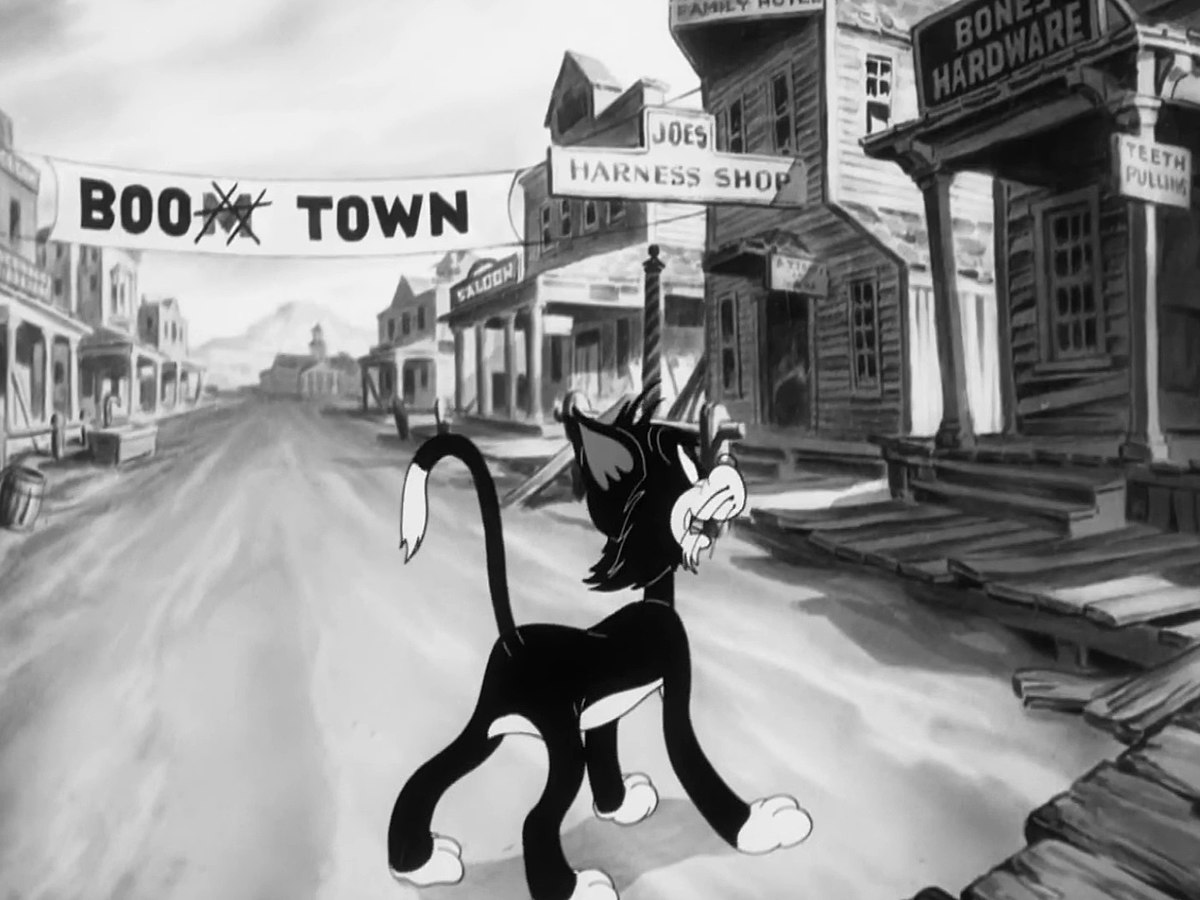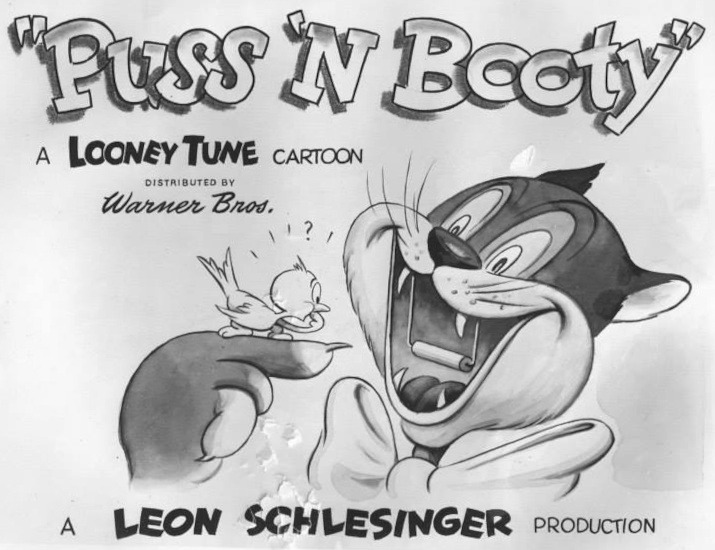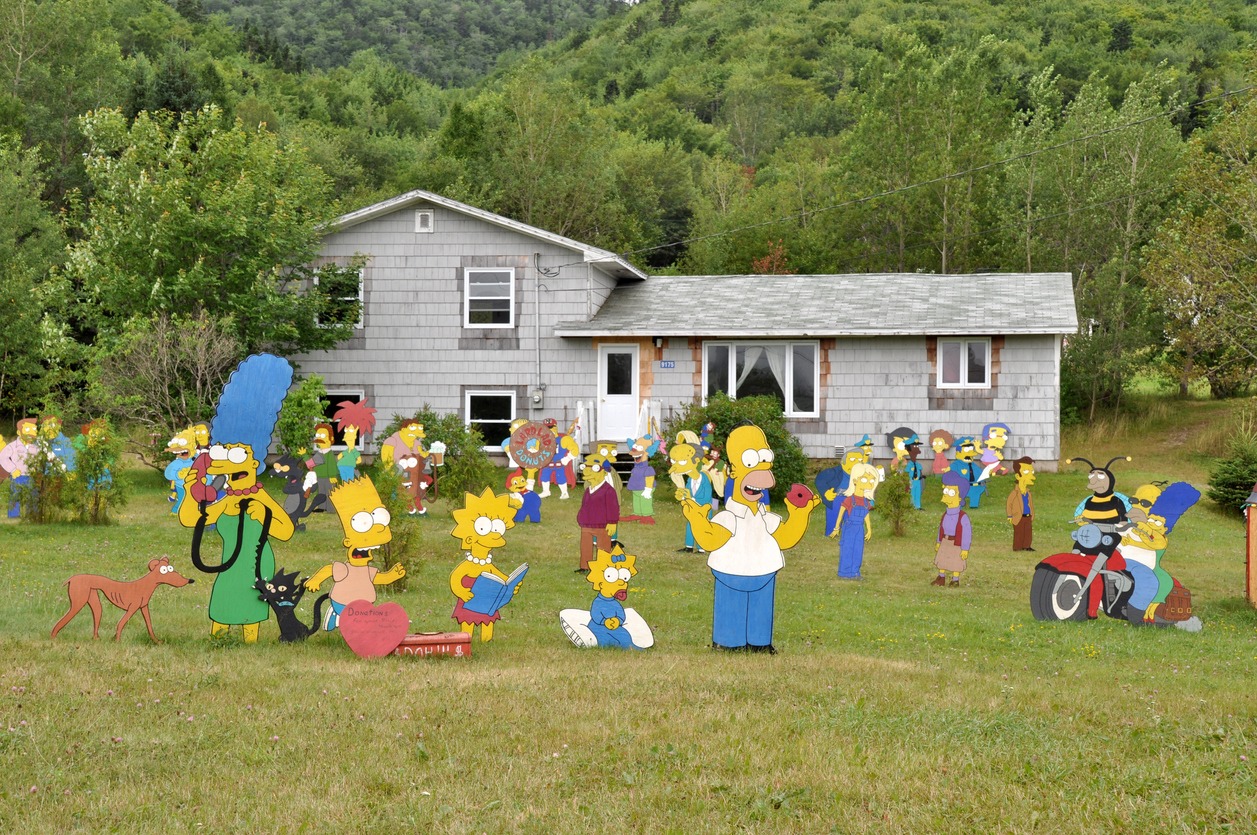When it comes to television history, animated TV shows hold a unique and influential position, weaving through decades of entertainment and cultural evolution. They began as simple, hand-drawn characters and evolved into the complex, computer-generated series we know today, significantly shaping the medium of television. In this article, we aim to trace the history of animated TV shows and examine how they have evolved over time. We will also explore their enduring impact on popular culture.
From the early days of pioneering cartoons to the modern era of diverse and thought-provoking series, animated TV shows have continually pushed the boundaries of storytelling and artistry. Their influence extends beyond entertainment, reflecting societal changes and influencing generations of viewers. Join us as we learn more about the history of animated television shows.
The Early Days of Animation on Television
The history of animation on television began in the early 20th century, shortly after the advent of television itself. These initial forays into TV animation were characterized by simple yet innovative attempts to bring cartoon characters to the small screen.
One of the earliest examples was the appearance of animated sequences in television shows and commercials in the 1930s and 1940s. These segments, though rudimentary by today’s standards, marked the first steps in integrating animation into the television format.
The 1950s witnessed the true birth of animated series on television. “Crusader Rabbit,” created in 1949 and aired in the early 1950s, is often credited as the first animated television series. This period also saw other early animated shows like “The Gumby Show” (1957) and “Huckleberry Hound” (1958), which laid the groundwork for future series.
These shows were primarily aimed at children, capitalizing on the appeal of colorful, animated characters and simple narratives. They were often aired in after-school or Saturday morning timeslots, quickly becoming a staple of children’s entertainment.
Technological and Artistic Limitations
The early days of TV animation were marked by technological and budgetary constraints. Studios often used limited animation techniques — a style that involved minimal movement and repeated cycles to save time and resources.
Despite these limitations, animators of the time were able to craft engaging stories and memorable characters. They relied on strong voice acting, catchy music, and creative storytelling to captivate their young audiences.
Cultural Impact
These early animated shows played a significant role in shaping the childhoods of the baby boomer generation. They introduced viewers to a world of imaginative stories and characters, setting the stage for animation to become an integral part of television entertainment. Moreover, these shows began to establish animation as a distinct genre within the television industry, one that would continue to evolve and expand in the following decades.
The early days of animation on television were a time of exploration and creativity. Despite facing numerous challenges, the pioneers of TV animation laid the foundation for what would become a rich and varied medium. Their contributions set the stage for the golden age of animation and the eventual rise of animation as a major force in both children’s and adult entertainment.
The Golden Age of Animation in Television
The period from the late 1950s through the 1980s is often revered as the Golden Age of Animation in Television. This era was marked by a significant boom in the production of animated TV shows, fueled by technological advancements and a growing demand for children’s programming. Read The History of Color TV for more information on the origins of color TV and its impact in the world of technology and broadcasting.
Iconic Studios and Shows
Major animation studios, notably Hanna-Barbera, emerged as dominant forces during this time. They produced a plethora of iconic shows that have since become household names. “The Flintstones,” “The Jetsons,” “Scooby-Doo,” and “Yogi Bear” are just a few examples of the influential series that defined this era. These shows extended their appeal beyond children, attracting family audiences with their humor and charm.
Additionally, Warner Bros.’ “Looney Tunes” and “Merrie Melodies” series, initially created for theatrical release, found a new and enthusiastic audience on television. Characters like Bugs Bunny, Daffy Duck, and Porky Pig became synonymous with this golden era of animation.
Technological Advancements
The Golden Age saw improvements in animation techniques compared to the earlier era. While limited animation continued to be a cost-effective method, there were notable enhancements in character design, background art, and storytelling. The era also witnessed the early use of color in television animation, adding vibrancy and visual appeal to the animated shows.
Cultural and Societal Impact
Animated TV shows of this period had a considerable impact on popular culture. They introduced memorable characters, catchphrases, and jingles that became ingrained in the social fabric. These shows also began to touch on broader themes, albeit subtly, reflecting societal changes and influencing the perceptions and attitudes of their young viewers.
The Golden Age of Animation was pivotal in expanding the scope of what could be achieved in animated television. It paved the way for more complex and sophisticated forms of storytelling, setting the stage for the diverse and dynamic world of animation we see today. It laid the groundwork for future innovations and set high standards for character-driven storytelling and humor in animation. The legacy of this era is evident in the enduring popularity of its characters and the ongoing influence these shows have on generations of viewers and animators alike.
The Evolution of Animation Styles and Techniques
The evolution of animation techniques and styles in television over the decades has been marked by significant advancements, reflecting changes in technology, audience preferences, and artistic expression.
- Early Techniques and Limited Animation: In the early years, animators used traditional hand-drawn techniques, where each frame of animation was drawn by hand. Due to budget and time constraints in television, studios often employed ‘limited animation’ techniques pioneered by Hanna-Barbera. This involved reusing static backgrounds and repetitive motion cycles to minimize the number of frames required.
- The Advent of Color and Improved Storytelling: The introduction of color television in the 1960s brought a new dimension to animated shows. Alongside this visual advancement, storytelling in animation began to evolve. Plots became more complex and characters more developed, catering to a wider audience that included adults.
- The Rise of Japanese Anime: The 1970s and 80s saw the rise of Japanese anime, which brought a distinct style and approach to storytelling. Anime featured more dynamic character designs and detailed backgrounds and often explored more mature themes. Shows like “Astro Boy,” “Dragon Ball,” and “Sailor Moon” introduced Western audiences to a new style of animation.
- Technological Advances in the Late 20th Century: By the late 1980s and 90s, computer-generated imagery (CGI) began to transform animation. Computers allowed for more detailed and sophisticated graphics. CGI was initially used for special effects but eventually led to fully computer-animated shows.
- The Digital Era and Flash Animation: The 2000s saw a shift to digital animation techniques. Flash animation became popular for its cost-effectiveness and efficiency. It enabled smoother movements and more vibrant colors, changing the aesthetic of many TV animations.
- High Definition and 3D Animation: The transition to high-definition broadcasting further improved the visual quality of animated shows. Additionally, 3D animation became more prevalent in television, with shows like “ReBoot” pioneering this style in the 1990s and others like “Jimmy Neutron” and “Avatar: The Last Airbender” following suit.
- Current Trends and Diverse Styles: Today, animation in television is characterized by a diversity of styles and techniques. There’s a blend of traditional hand-drawn animation, 3D CGI, stop-motion, and digital 2D. The storytelling has also become more diverse, with animated shows exploring a wide range of genres and themes, appealing to all age groups.
The evolution of animation techniques and styles in television reflects both technological progress and changing cultural trends. From simple, hand-drawn figures to complex, computer-generated worlds, animation has continually adapted, offering new ways to tell stories and entertain audiences. This ongoing evolution speaks to the creativity and resilience of the animation industry.
Animation in the Modern Era
The Advent of Advanced CGI and Digital Animation
The modern era of animation is predominantly defined by advanced Computer-Generated Imagery (CGI) and digital animation techniques. These technologies have revolutionized the field, allowing for the creation of more detailed, realistic, and visually stunning animated content.
CGI has not only enhanced the visual appeal but also expanded the storytelling capabilities of animators, enabling the creation of complex worlds and characters that were once impossible to achieve.
The Blend of Traditional and Digital Techniques
While digital animation dominates, many animators and studios continue to value and incorporate traditional hand-drawn techniques. This blend of old and new styles has given birth to a unique aesthetic in modern animation, combining the charm of classic animation with the possibilities offered by digital tools.
Diversity in Content and Audience
Modern animation has seen a significant diversification in content, catering to a broad spectrum of audiences. Animation is no longer viewed solely as children’s entertainment but as a versatile medium capable of telling diverse and mature stories. This era has produced animated shows and films that explore various genres, themes, and cultural narratives.
The Rise of Streaming Platforms
The proliferation of streaming platforms like Netflix, Hulu, and Disney+ has greatly impacted modern animation. These platforms have become significant distributors and producers of animated content, offering a wide array of shows and films that cater to different tastes and demographics. The streaming era has also allowed for more creative freedom and experimentation in animation.
Global Influence and Cross-Cultural Productions
The modern era is characterized by a significant global influence in animation. There is an increasing collaboration and cross-pollination between different cultural styles and techniques, leading to a rich diversity in animated storytelling. The popularity of anime outside Japan, co-productions between countries, and the adoption of various cultural influences in animation are testaments to this global interconnectedness.
Technological Innovations
Emerging technologies such as Virtual Reality (VR) and Augmented Reality (AR) are opening new frontiers for animation. These technologies offer immersive and interactive experiences, changing how audiences consume animated content.
The modern era of animation is a dynamic and ever-evolving landscape marked by technological advancements, diverse content, and global collaboration. It stands as a testament to the enduring appeal and adaptability of animation as an art form and storytelling medium, continually pushing the boundaries of creativity and innovation.
Influence of Animated TV Shows on Society and Pop Culture
Animated TV shows have long served as a mirror and catalyst for societal trends and cultural shifts, reflecting and influencing the dynamics of the times in which they were created.
- Societal Commentary and Satire: Many animated shows, especially those aimed at adults, have used satire to comment on social and political issues. Shows like “The Simpsons,” “South Park,” and “Family Guy” have been notable for their often irreverent and critical take on society, politics, and popular culture, influencing public discourse and opinion.
- Representation and Diversity: Over time, animated shows have increasingly addressed issues of representation and diversity. They have introduced characters of different races, ethnicities, genders, and sexual orientations, contributing to broader social conversations about inclusion and representation. Shows like “Steven Universe” and “Legend of Korra,” for instance, have been praised for their progressive portrayal of LGBTQ+ characters and themes.
- Environmental Awareness: Animated shows have also been used as a platform to raise awareness about environmental issues. Classic cartoons like “Captain Planet” were early examples, and more recent shows continue to incorporate environmental themes, influencing young viewers’ awareness and attitudes toward ecological conservation.
- Changing Family Dynamics: The depiction of family life in animation has evolved over the years, reflecting changes in societal norms and family structures. From the traditional nuclear family model in early cartoons to more diverse representations in shows like “Modern Family,” these changes in animated families mirror broader societal shifts.
- Technology and Modern Life: With the rapid advancement of technology and its impact on daily life, many animated shows have incorporated these elements into their storytelling. They reflect and comment on the influence of technology, social media, and the internet, resonating with contemporary experiences.
- Addressing Complex Themes: Modern animated shows, particularly those aimed at a more mature audience, have started to explore complex and sometimes dark themes, including mental health, substance abuse, and existential crises. Shows like “BoJack Horseman” have been lauded for their deep, thoughtful treatment of such issues, influencing the conversation around these topics.
- Cultural Exchange and Globalization: The global reach of animated shows has facilitated cultural exchange, introducing audiences to different cultural norms, values, and stories. The popularity of anime outside of Japan is a prime example of its influence on Western animation styles and storytelling.
- Education and Learning: Educational animated shows have long been a tool for teaching children about various subjects, from language and math to social skills and ethics. Their influence extends to shaping the learning and development of younger generations.
These prove that animated TV shows are not just for entertainment but are also powerful mediums that reflect, comment on, and influence societal trends and cultural shifts. By incorporating relevant themes and issues into their narratives, these shows contribute to shaping societal attitudes and values, demonstrating the influential role of media in our lives. While animated TV shows have significantly shaped pop culture, their influence extends beyond the screen. In How Do Animations Influence Fashion and Pop Culture?, we explore how animation has not only entertained but also inspired trends and styles in the fashion industry, reflecting its pervasive impact on contemporary culture.
Conclusion
Animated TV shows have significantly influenced and reflected societal trends and cultural shifts over the years. From offering satirical commentary on social issues to promoting diversity and addressing complex themes, these shows have both mirrored and shaped public perceptions and attitudes. Their impact extends beyond mere entertainment, highlighting the power of animation as a medium for storytelling, education, and social commentary.
As society continues to evolve, so too will the role of animated TV shows in reflecting and influencing the cultural landscape. We hope this article helped you learn more about the history of animated TV shows and their impact on pop culture.
While animated TV shows have significantly influenced pop culture, animation’s role extends into the realm of education. Discover the educational side of this versatile medium in, How Has Animation Been Used in Education and Learning?, where we explore how animation has been creatively utilized to enhance and revolutionize learning experiences across various educational platforms. After exploring the evolution and cultural significance of animated TV shows, delve into the auditory aspect of animation. Our article What Role Does Music Play in Enhancing Animated Films? sheds light on how music amplifies the storytelling and emotional impact of animated cinema, adding another layer to our understanding of this dynamic art form.






